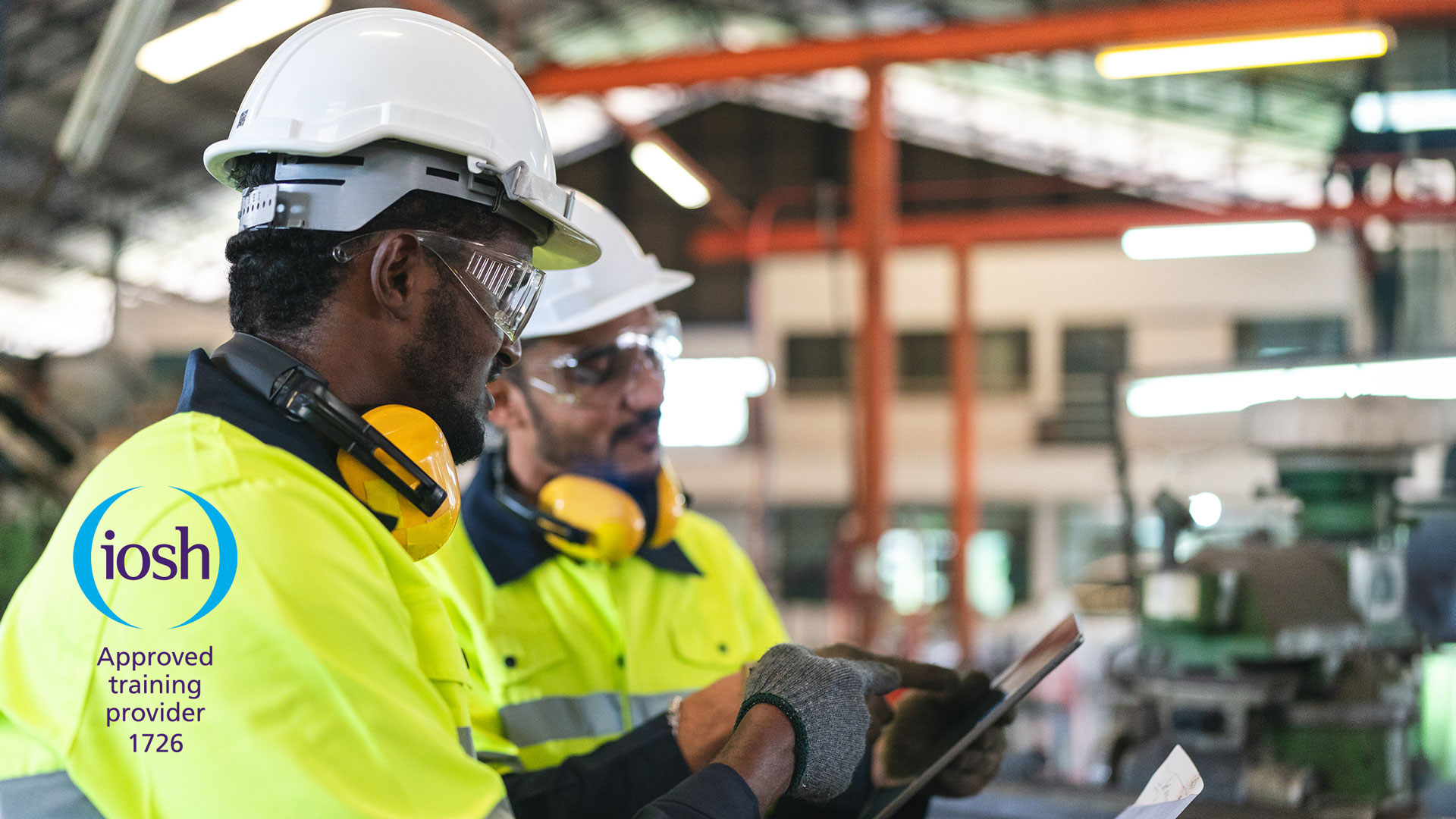A recent survey carried out by the Recruitment and Employment Confederation and KPMG has found that the overall supply of candidates for jobs has increased for the first time in more than two years. This is welcome news for employers, who have been struggling to recruit and fill vacant positions in recent years.
With a new wave of graduates and school leavers due to enter the job market over the coming months, bringing with them fresh talent, energy, and diverse skills, this is the perfect time for employers to look at how to protect young people from risks in the workplace, according to BrightHR.
CEO Alan Price says:
“Young people bring many benefits to the workplace. However, most do not have any experience with safety standards in work environments. Especially if they’re fresh out of school and the role is their first introduction to the world of work. There are specific rules that need to be followed when employing someone aged 16-18. They must only work up to 40 hours a week; have at least a 30-minute break; not work night shifts; and be paid at least minimum wage.
“On top of this, employers also need to record their working hours, ensure that young workers don’t face age discrimination and promote a safe working environment. It’s also essential that their health and safety is managed to the same standard as adult employees. There are certain jobs that young people can’t do, for example, they cannot be exposed to any hazardous substances. They also can’t do any work that exposes them to extreme cold, noise, or vibrations. However, if the work is necessary as part of their training, all risks are reduced to the lowest level, and they are supervised by a competent person then they can carry out work that involves risk.
“An unsafe working environment can affect businesses in many ways. Some accidents can result in life-altering injuries or even death, which employers are liable for, often resulting in crippling settlement pay-outs. Slips, trips, and falls are the most common workplace accidents, but any unchecked workplace hazard can prove dangerous. It’s important to give all employees, especially younger people who may not be as risk-aware, clear instructions and full safety training.”
Here are a few steps employers can take to protect young employees:
- Document and share risk assessments and method statements (RAMS). These should be relevant and in line with any risks employees face in their work activities.
- Make sure that all liability insurance is current and provides cover for at least £5 million.
- Have an up-to-date company health and safety policy that shows how the business manages risks to health and safety.
- Adapt all policies to include specific risks to young people.
You may also be interested in
RELATED CONTENT
RELATED COURSES

Introduction to health and safety gives learners a basic introduction to managing safety in their workplace.

The world’s best-known health and safety certificate, designed for managers and supervisors in any sector or organisation.

IOSH Working Safely is a one-day introductory health and safety training course for people at any level, in any sector.

IOSH Managing Safely Refresher is designed to provide continued support to managers dealing with workplace health and safety issues.

Health and safety at work is a serious business; getting it wrong could end up costing someone their life. It stands to reason that there should be so...

The legal term ‘reasonably practicable’ plays a crucial role in determining the level of care and precautions required in different areas of law, such...

Vicarious liability can be a formidable challenge for employers, causing responsibility to extend beyond the individual and creating shared accountabi...

Although we are edging closer to spring, many of us are still being affected by wintery weather and the shorter daylight hours. So, what can you do to...